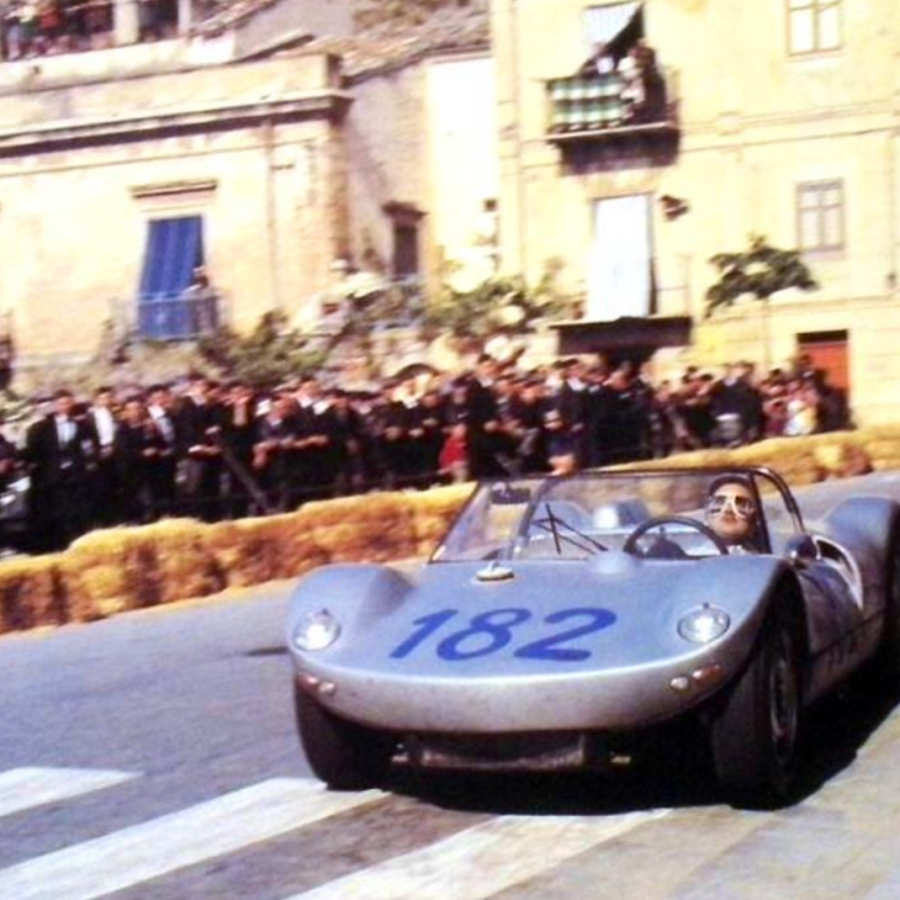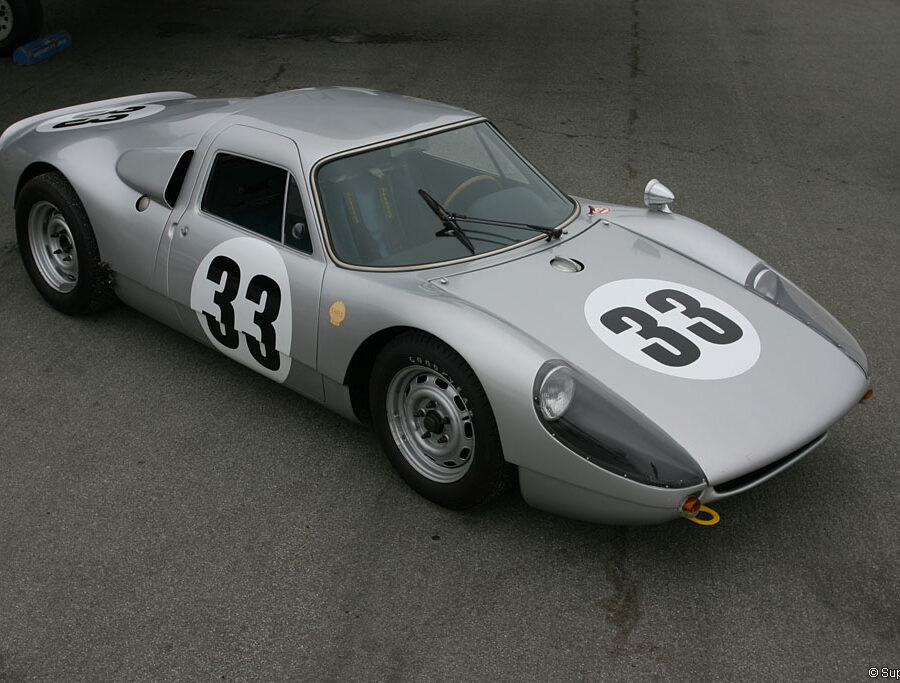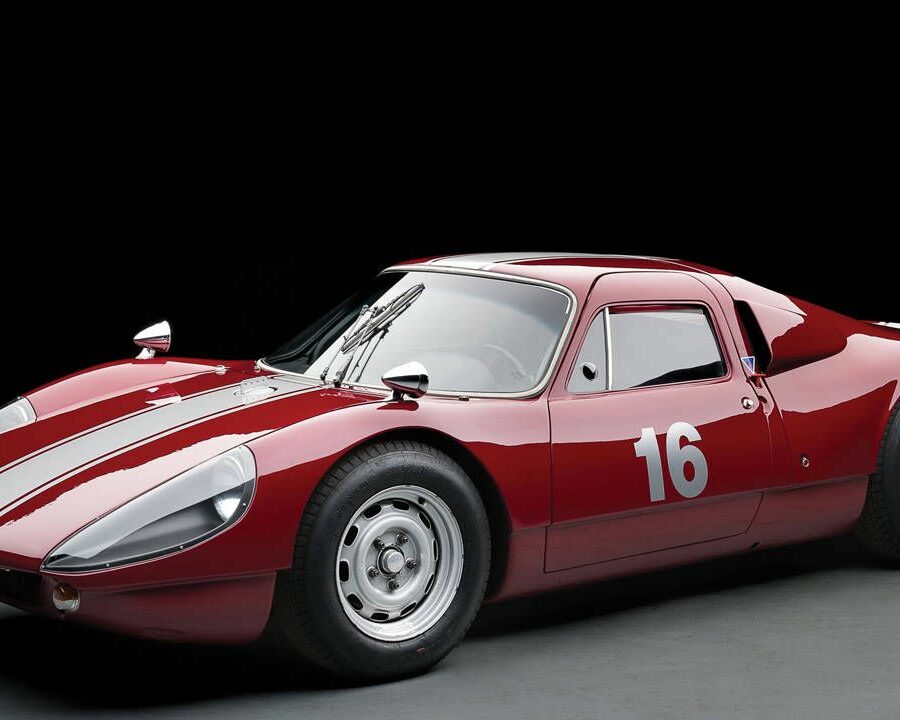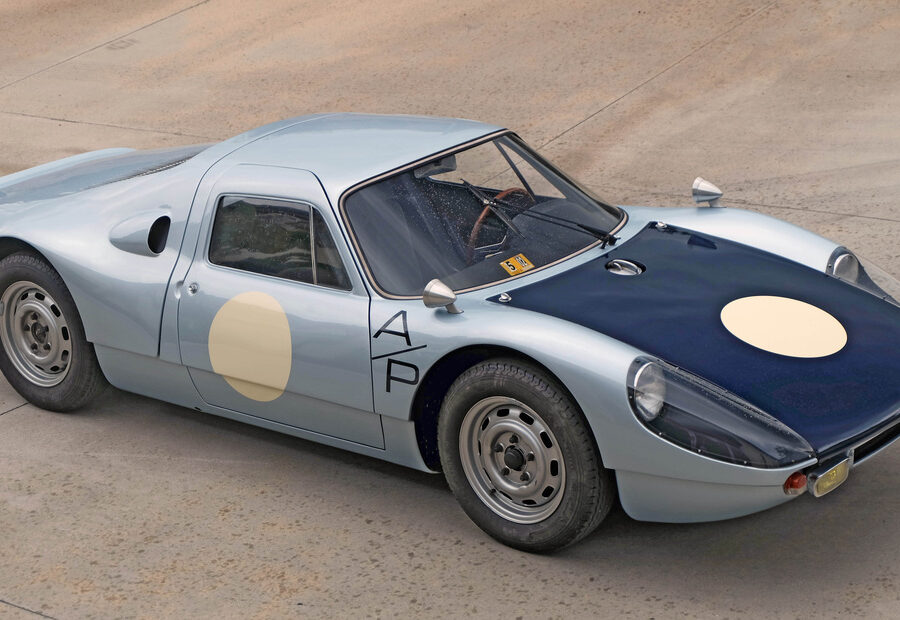Porsche 904/8 Carrera GTS (1964 – 1965)
Three factory 904 race cars were fitted with a flat eight-cylinder power plant derived from the 1962 804 F1 car
Porsche 904/6 Carrera GTS (1964 – 1965)
In 1965, the 904’s second and final production year, some examples received a version of the 911’s 2.0-liter flat-six. This version was dubbed the 904/6.
Porsche 904 Carrera GTS (1963 – 1964)
The Porsche 904 debuted late in 1963, for the 1964 racing season. The 1965 Porsche 904 Carrera GTS variant to compete in the FIA-GT class






